Out Now
The Heritage Issue
Current Issue
The Heritage Issue
APR - MAY 2025
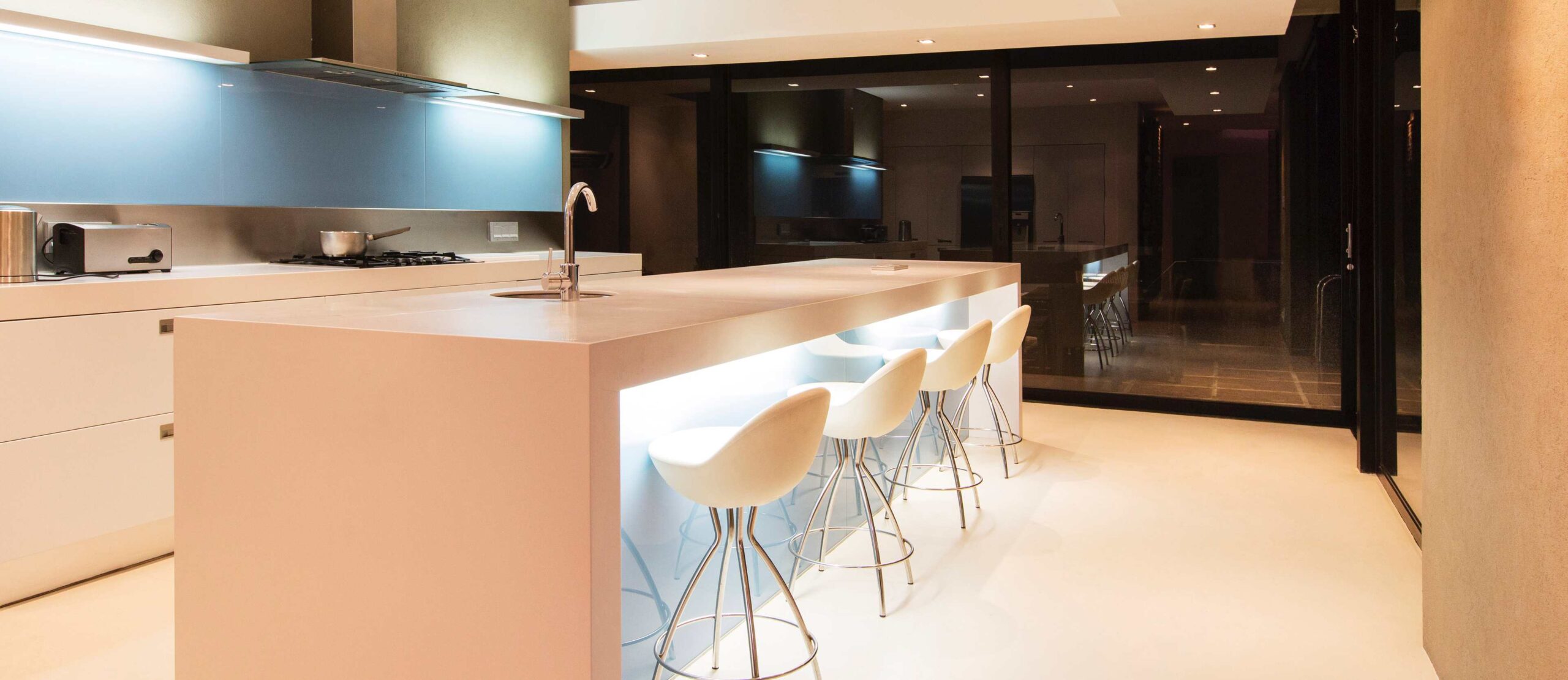
Smart lighting is an increasingly important part of every home – but just how smart can smart lighting get? Pretty darn smart, it seems…
If you’d mentioned ‘smart lighting’ a couple of decades ago, people may have thought you were referring to a new install at the local school, or a complex lighting setup at the uni.
The role of lighting was, well, to provide light – and a dimmer switch here and there was about as smart as it got.
Fast forward to today, however, and there’s a growing understanding that light is about far, far more than mere illumination – and it seems there’s a lot more to come.
“For a long time, we had the old school lighting, fluorescent bulbs and that sort of thing,” says Mark Centofanti, Offer Manager, Lighting at Schneider Electric Australia.
“And then, about 10 years ago, LEDs really took off in Australia – I think it took longer in some European countries. And, over the last couple of years we’ve seen a really noticeable switch to where people are adding elements to LEDS to make them smarter, so they can change colour and brightness depending on what’s going on.
“As a result, people are increasingly aware of what lighting can add to their homes, and we’ve seen suppliers adding smart lighting features as standard.”
Home automation and app and voice-controlled devices are now standard in many elements of our life – including lighting. But smart lighting is about far, far more than control and convenience.
Today, lighting in the home is far more considered, with people much more aware of the impact light can have on the way they use their home – and the way it can impact them physically and mentally, too.
Although, in terms of customer education and understanding, there’s still a long way to go.
“Traditionally, people just wanted lights, but there are so many different applications of lighting in a home and it’s important to be aware of this,,” says Aaron Adam, owner of Nu Age Electrical in Regional Victoria.
“You’ve got your functional lighting, your task lighting, you’ve got the ambient lighting – there’s so much to it, and it can affect everything from how you use a space to your mood.
Price was, of course, a challenge when it came to lighting – but with Smart LEDS offering greater value for money, and fewer lights needed compared to a decade ago due to the greater illumination, it’s becoming far more accessible for the vast majority of people.
“Previously you might have needed 60 downlights, but now with Smart LEDS you might only need 15 or 20,” says Mark.
“You can choose to use it as a smart light or as a regular light, and you can consistently achieve the right amount of illumination.”
And it’s about far more than just aesthetics, says Aaron. It impacts health and wellbeing too.
“We have cells in the bottom of our eyes that pick up overhead light and tell our body it’s morning – so using smart lighting in a way that’s sensitive to that is important.
“It makes sense when you think about it – if you wake up in the middle of the night and you put on bright, overhead lights, it makes you feel energetic, so working with clients to understand the different light requirements in different scenarios is huge in terms of how lighting impacts them.” (See related story: How can lighting improve your health?)
Mark says accent lighting is something that’s growing in popularity – for example, under benchtops and around skirting boards to provide an ambient glow and low-level visibility without being overbearing – while lighting is also being used to interact with the environment around it.
“I met someone last week who has sound-activated lighting around their TV – when they’re watching a sports game, the colours will change as the crowd roars, providing a natural reaction to what’s happening on the TV.”
As homes get smarter, sensors become more important – enabling lights to react to the environment and what’s going on around them.
“We’re a controls-based company, and smart lighting’s become very important to us as it relies on switches, dimmers and sensors, says Mark.
“For us, the challenge is to keep up with everything that’s happening in the sector, and keeping everything working together – various products, various protocols.
“It’s a constant development, and it’s essential to help people make the most of the opportunities smart lighting offers.”
From an energy efficiency perspective, it’s something that’s going to become increasingly important too. Choice research has shown that Smart LEDs don’t cost much more to run than regular LEDs, and with sensors able to react to activity and turn lights on and off, having a truly smart set up will surely soon be standard in both residential and commercial settings – particularly given the fact that energy prices continue to escalate.
But it’s the impact on your surroundings that smart lighting’s really enhancing – and has so much potential.
“Via sensors, lights can read what’s happening outside, and provide the right light for the time of day,” says Mark.
Aaron agrees, adding that the benefits of smart lighting extend far beyond our surroundings.
“With smart home automation, it’s likely your lights will all be connected to an app, which will recognise, for example, it’s sunset at 6:30 pm, and it’ll dim the light.
“It will affect everyone on a subconscious level, it will just become part of your life. You’ll naturally begin winding down, so from a wellness point of view, I feel like it’s going to benefit everyone on a level they don’t even understand yet.”
The future of lighting is most definitely smart – just how smart can it get? Well, that’s the $64,000 question.
Keep up to date with our latest news and competitions by subscribing to our regular newsletter.
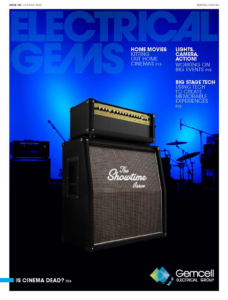
Issue 183
OCT - NOV 2024

Issue 182
AUG - SEPT 2024

Issue 181
JUN - JUL 2024

Issue 180
APR - MAY 2024

Issue 179
FEB - MARCH 2024

Issue 178
DEC 2023 - JAN 2024
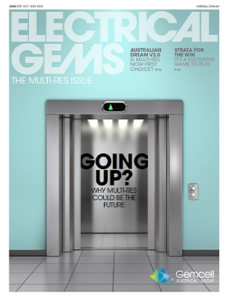
Issue 177
OCT - NOV 2023

Issue 176
AUG - SEPT 2023

Issue 175
JUN - JUL 2023
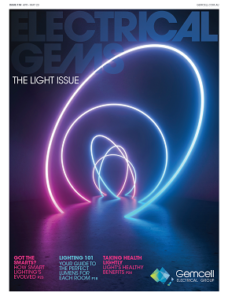
Issue 174
APR - MAY 2023

Issue 173
FEB - MAR 2023

Issue 172
DEC 2022 - JAN 2023

Issue 171
OCT - NOV 2022
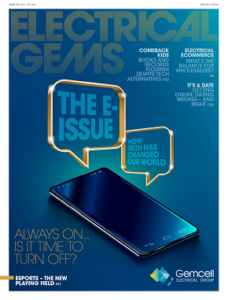
Issue 170
AUG - SEPT 2022

Issue 169
JUN - JUL 2022

Issue 168
APR - MAY 2022
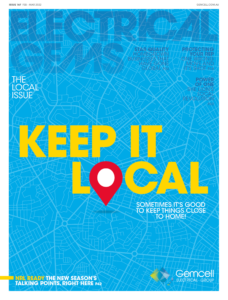
Issue 167
FEB - MAR 2022

Issue 166
DEC 2021 - JAN 2022

Issue 165
OCT - NOV 2021
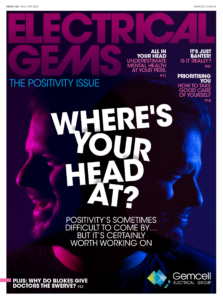
Issue 164
AUG - SEPT 2021

Issue 163
JUN - JUL 2021
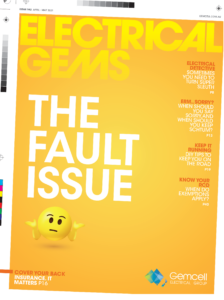
Issue 162
APR - MAY 2021

Issue 161
FEB - MAR 2021

Issue 160
DEC 2020 - JAN 2021

Issue 159
OCT - NOV 2020

Issue 158
AUG - SEPT 2020

Issue 157
JUN - JUL 2022

Issue 156
APR - MAY 2020

Issue 155
FEB - MAR 2020

Issue 154
DEC 2019 - JAN 2020

Issue 153
OCT - NOV 2019

Issue 152
AUG - SEPT 2019

Issue 151
JUN - JUL 2019
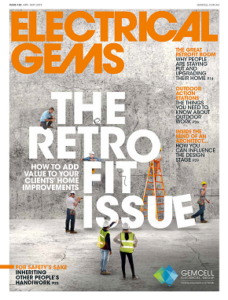
Issue 150
APR - MAY 2019
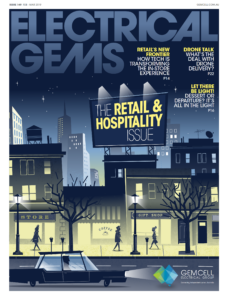
Issue 149
FEB - MAR 2019
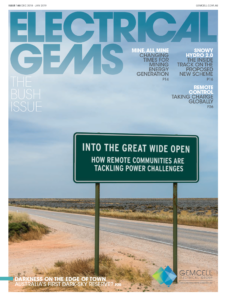
Issue 148
DEC 2018 - JAN 2019

Issue 147
OCT - NOV 2018
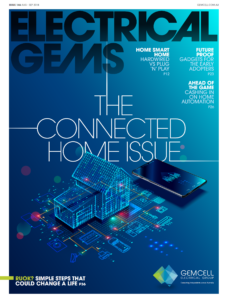
Issue 146
AUG - SEPT 2018

Issue 145
JUN - JUL 2018
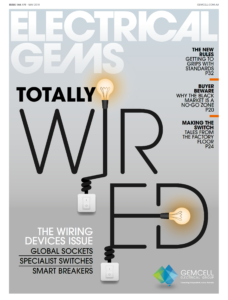
Issue 144
APR - MAY 2018
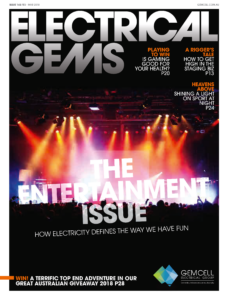
Issue 143
FEB - MAR 2018

Issue 142
DEC 2016 - JAN 2017

Issue 141
OCT- NOV 2017

Issue 140
AUG - SEPT 2017
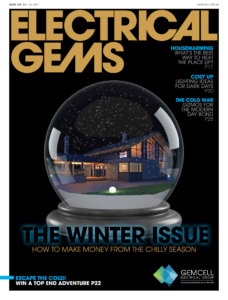
Issue 139
JUN - JUL 2017
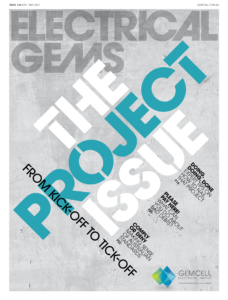
Issue 138
APR - MAY 2017

Issue 137
FEB - MAR 2017

Issue 136
DEC 2016 - JAN 2017
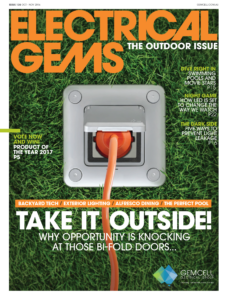
Issue 135
OCT - NOV 2017

Issue 134
AUG - SEPT 2016

Issue 133
JUN - JUL 2016

Issue 132
APR - MAY 2016
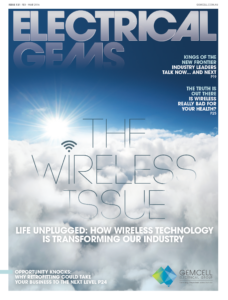
Issue 131
FEB - MAR 2016

Issue 130
DEC 2015 - JAN 2016

Issue 129
OCT - NOV 2015

Issue 128
AUG - SEPT 2015

Issue 127
JUN - JUL 2015

Issue 125
APR - MAY 2015

Issue 125
FEB - MAR 2015

Issue 124
DEC 2014 - JAN 2015
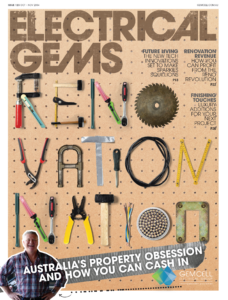
Issue 123
OCT - NOV 2014

Issue 122
AUG - SEPT 2014
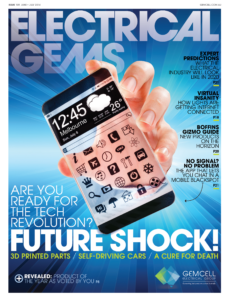
Issue 121
JUN - JUL 2014
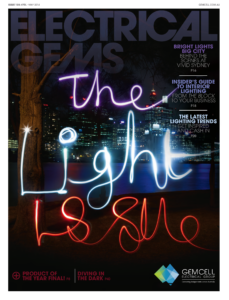
Issue 120
APR - MAY 2014

Issue 119
FEB - MAR 2014
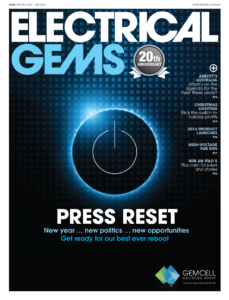
Issue 118
DEC 2013 - JAN 2014

Issue 117
OCT - NOV 2013

Issue 116
AUG - SEPT 2013

Comments (0)
Write a Comment